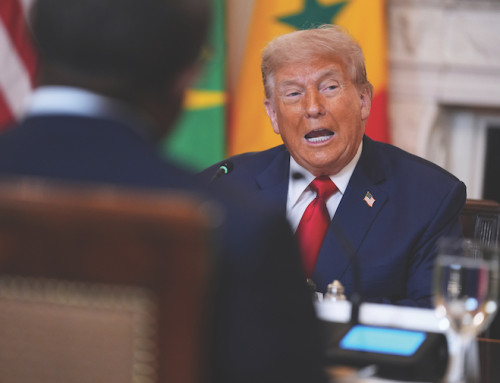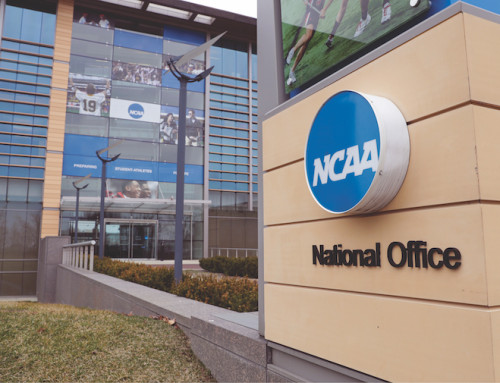SAN FRANCISCO (AP) — Silicon Valley chipmaker Nvidia last week became the first publicly traded company to surpass a $4 trillion market valuation, putting the latest exclamation point on the investor frenzy surrounding an artificial intelligence boom powered by its industry-leading processors.
The milestone reflects the influence of AI on technology. AI is widely viewed as the biggest tectonic shift in technology since Apple co-founder Steve Jobs unveiled the first iPhone 18 years ago.
Underscoring the changing of the guard, AI bellwether Nvidia is now worth $900 billion more than Apple, which rode the iPhone’s success to become the first publicly traded company to be valued at $1 trillion, $2 trillion and, eventually, $3 trillion.
Tech giants Microsoft, Amazon, Google parent Alphabet and Facebook parent Meta Platforms are upping the AI ante too, collectively budgeting about $325 billion for investments in the technology this year, with a significant amount of that money likely to flow into Nvidia’s coffers.
The ravenous appetite for Nvidia’s chips are the main reason that the company’s stock price increased 10-fold since early 2023, catapulting its market value from about $400 billion, to $4 trillion. After exceeding $4 trillion for the first time early Wednesday, Nvidia’s market value dipped slightly below that threshold in afternoon trading as its shares hovered around $163.
Nvidia’s rapid rise also has anointed the company’s founder and CEO Jensen Huang as “the godfather” of AI, whose dissertations about the technology’s direction attract enraptured audiences. Huang’s widening fame also has been accompanied by a fattening fortune, now estimated at $142 billion.
It looked like Nvidia may have hit a road block in early April when President Donald Trump unveiled sweeping tariffs and triggered widespread selloff in the stock market that hit the tech sector especially hard. At its nadir, Nvidia’s stock price slipped below $87. Nvidia bounced back, however, and in late May delivered another stellar quarter, highlighted by an $18.8 billion profit, despite a $4.5 billion hit to account for federal government restrictions on the sale of some of its chips to China.
The Santa Clara, Calif., company is scheduled to release its next quarterly report on Aug. 27.








